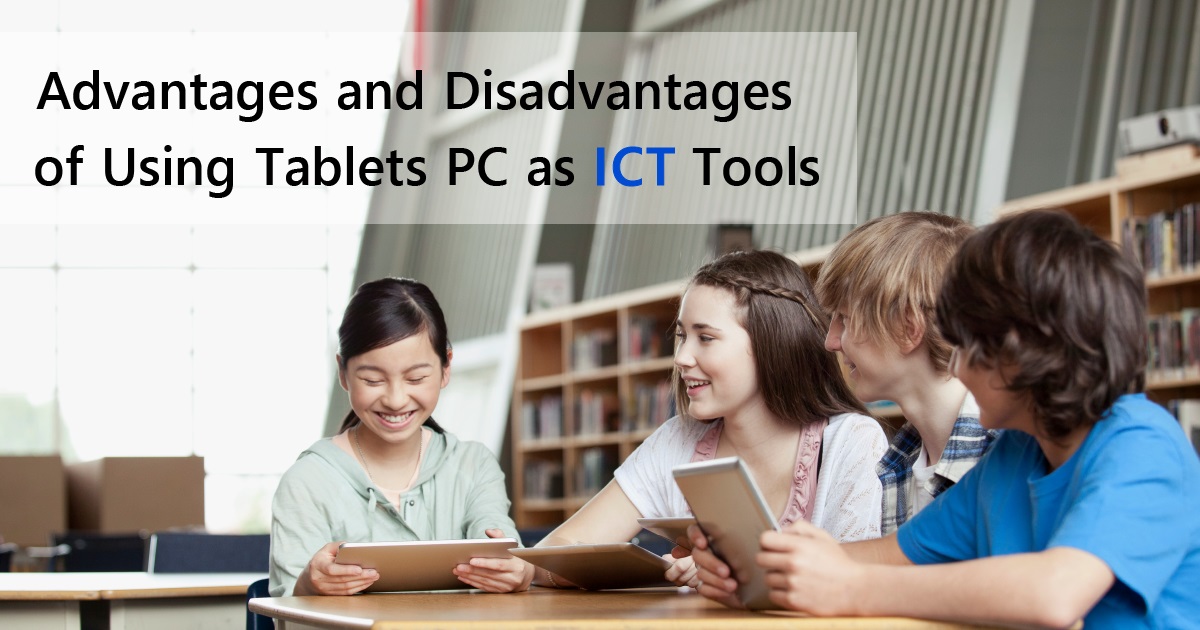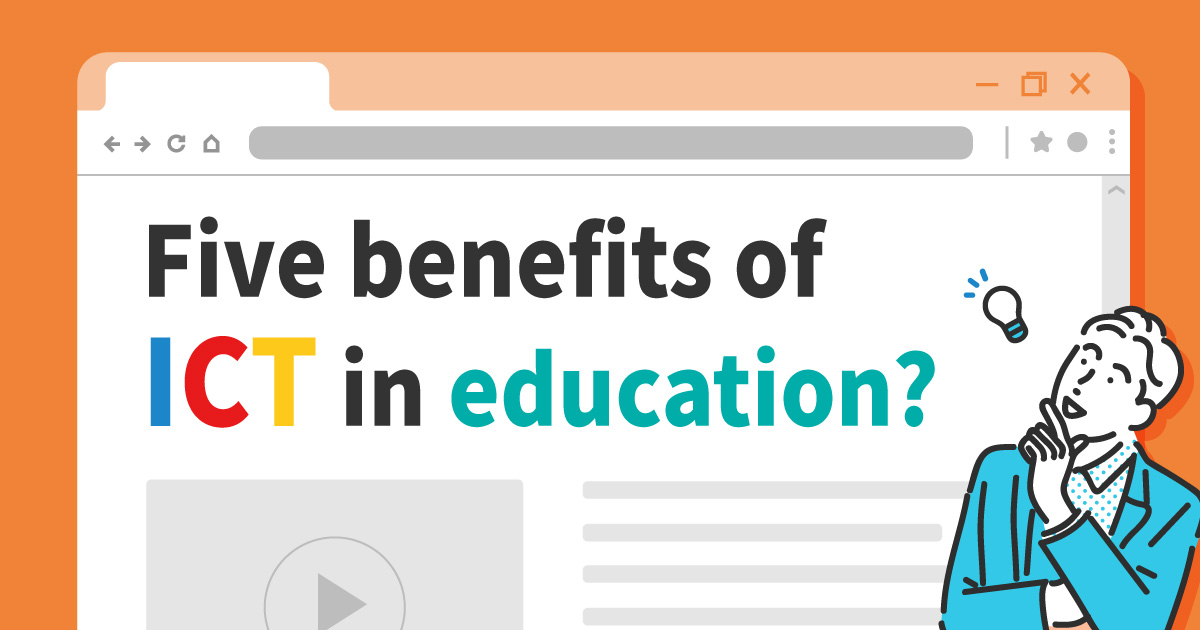What are the advantages of ICT in education?
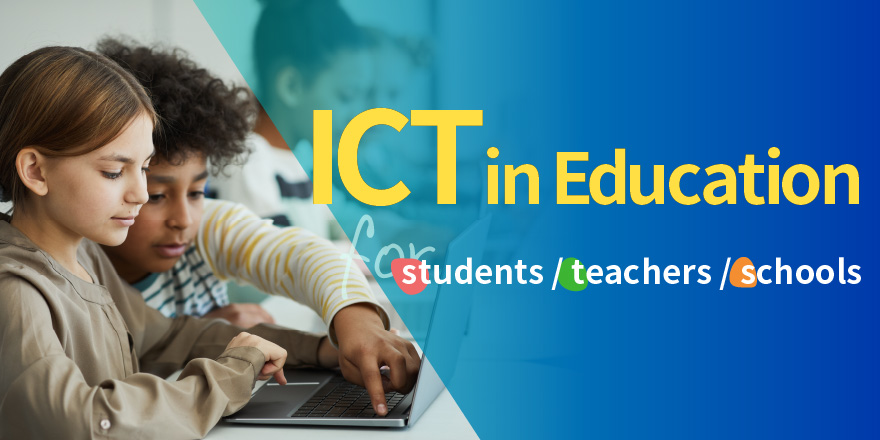
New forms of education, such as "inquiry learning" and "ICT education," are being promoted in modern educational settings. In this article, we will discuss the advantages and disadvantages of the introduction of ICT education.
For educators who are considering the introduction of ICT education, it is important to understand in advance the benefits that students, teachers, and schools can gain from the introduction of ICT education. Please refer to this article to deepen your understanding of ICT education!
What is ICT?

ICT education refers to the use of IT technology, such as tablets and PCs, in educational settings.
Examples of ICT includes smart phones, tablets and electronic blackboards, which make it possible to conduct classes that are visually easy for both students and teachers to understand by using digital devices.
Why ICT?
One of the main reasons why ICT education is attracting attention is the promotion of the GIGA School Concept. What is the "GIGA School Concept?"The plan is to provide each student in elementary and junior high schools with a PC for learning and a network environment.
If a "one terminal per student" environment can be established, it is expected that teachers and students will be able to conduct interactive classes and that education will be tailored to each student's learning situation. The state of the ICT environment in schools varies from region to region.
In addition, in the 2018 PISA (Programme for International Assessment of Student Achievement) survey, Japan ranked last among OECD (Organization for Economic Cooperation and Development) member countries in terms of time spent using digital devices at school.
ICT education has a significant role to play in realizing the GIGA School concept.
Back to ContentsAdvantages of ICT in education

There are many advantages to ICT in education for both students and teachers.
Here are four examples of the advantages.
Advantage 1 for students: Improve motivation
One of the benefits of ICT education from the students' perspective is increased motivation. It is difficult to motivate students in a class where they simply copy what is written on the blackboard into their notebooks.
However, the use of digital devices, such as tablets and PCs, can give students a fresh perspective on the class. One example is a class in which students can talk to students from other countries using the video call function on their tablets or PCs.
Especially, if you use ICT tools to communicate with students from other countries, you might be able to improve the communication ability in other language effectively.
Advantage 2 for students: Make it more fun
Another advantage of ICT in education is that it can deliver information to others visually and audibly.
For example, in mathematics, graphics can be displayed in three dimensions, and in English, students can listen to the pronunciation of words in audio. In classes where students only read from textbooks, it is difficult to generate discussion among students, and the teacher tends to give one-sided lessons.
However, ICT education allows for interactive lessons between teacher and students, or between students. If we can create a situation in which students can enjoy learning, it will lead to greater class satisfaction.
Advantage 1 for teachers 1: Improve efficiency
ICT education also has the advantage of improving work efficiency for teachers. Using digital devices to conduct classes eliminates the need to order and print textbooks.
In addition, grading of assignments and other activities can be conducted online, eliminating the need to store and prepare materials. In this day and age when the burden on teachers in schools is increasing, ICT education is expected to play an active role as an opportunity to reduce this burden.
Advantage 2 for teachers: Easy to share knowledge and information
One of the benefits of introducing ICT education is that it makes it easier for teachers to share information with each other. If materials are created using software that can create documents and spreadsheets, there is no need to print documents on paper, and materials can be easily shared.
Also, the teachers in the same school can share the learning progress information and might be able to support their students in many ways.
Disadvantages of ICT in education

While ICT education has many advantages, it also has a small number of disadvantages. Two typical disadvantages are as follows
Costly to implement.
Tablets and PCs are not inexpensive to purchase and have a certain cost. A disadvantage of ICT education is that when digital equipment is provided for all students and teachers, a large sum of money is required at the time of introduction.
In addition, it is not uncommon for digital equipment to break down. When they do break down, they must be repaired or a new one must be purchased. Post-installation costs must also be considered, and may be higher than anticipated.
If any technical troubles happen, the lesson will be disrupted.
Since an Internet environment is essential for the use of digital devices, classes must be interrupted if problems occur in the communication environment. If the Internet environment is not restored, the disadvantage is that classes cannot proceed as envisioned.
Furthermore, the devices you are using can be out of dated so they may require updating or renewing.
Back to ContentsWhat need to be considered when introducing ICT in education

Although there are so many discussions and debates regarding ICT in education, you cannot stop education because that is such a fundamental activity in this world.
It can be helpful to look at the following 2 points to start with.
Clarify a goal of introducing ICT in education
It is important to make sure that you are introducing ICT in education "for your students." Although there are some aspects that lead to a workload for teachers, you would better to clarify a goal of implementation.
Before implementing ICT in education, you should list up what the students need to learn, how they learn, and how the teachers evaluate the students' progresses and achievements through ICT in education.
Utilize external personnel
When promoting ICT education, consider the use of outside resources, as the level of ICT skills varies from individual to individual, and teachers may not always be able to use digital equipment well even if it is available.
The Ministry of Education, Culture, Sports, Science and Technology (MEXT) is currently implementing the "ICT Education Advisor Dispatch Program," in which advisors provide advice on planning for ICT environment development and effective teaching methods.
Using an advisor who is already familiar with ICT education can be expected to facilitate ICT education.
Case Studies

ICT education is practiced in many schools and there are many examples. Here are two examples of ICT education.
Example 1: Rikkyo Jogakuin Elementary School
Rikkyo Jogakuin Elementary School in Tokyo, Japan, is promoting ICT education under the title of "Well Learning Project". This project is based on the following three ideas.
- A place of learning where children truly want to learn
- An environment where parents can realize that they want their children to study at Rikkyo Jogakuin Elementary School.
- Where teachers are motivated to teach children wholeheartedly.
Not only are there opportunities to experience nature, such as growing vegetables and planting rice, but it is also possible to learn how to operate a PC.
In addition, there are frequent opportunities to use digital devices, such as the use of iPads to present what students have learned through their studies.
Rikkyo Jogakuin Elementary School "Well Learning Project
Example 2: N Junior High School
At N Junior High School, where students can study anywhere with an internet connection, "programming learning" is provided as part of the curriculum.
The goal of learning programming is not just to acquire programming skills. The goal is to develop problem-solving and logical thinking skills while utilizing knowledge of programming languages.
The first step is to learn basic ICT skills such as how to use a PC. After that, they choose what they want to make (website, game, etc.) and make it by themselves.
N Junior High School "Programming Study
Back to ContentsSummary
In this issue, we focused on the benefits of ICT education, and also introduced what is necessary to smoothly promote ICT education and actual examples.
ICT education has advantages for both students and teachers, and if it is used well, great effects can be expected.
However, do not introduce it just to make teachers' job easier, but devise a way to make it more effective for students.
▼You may also like:
Back to Contents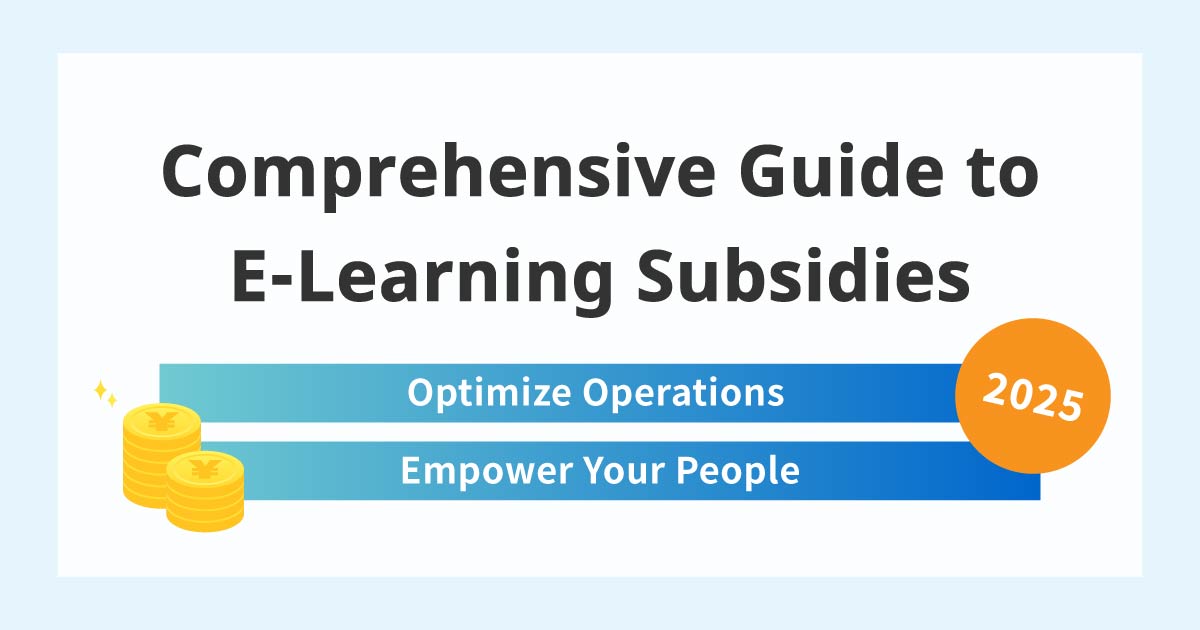

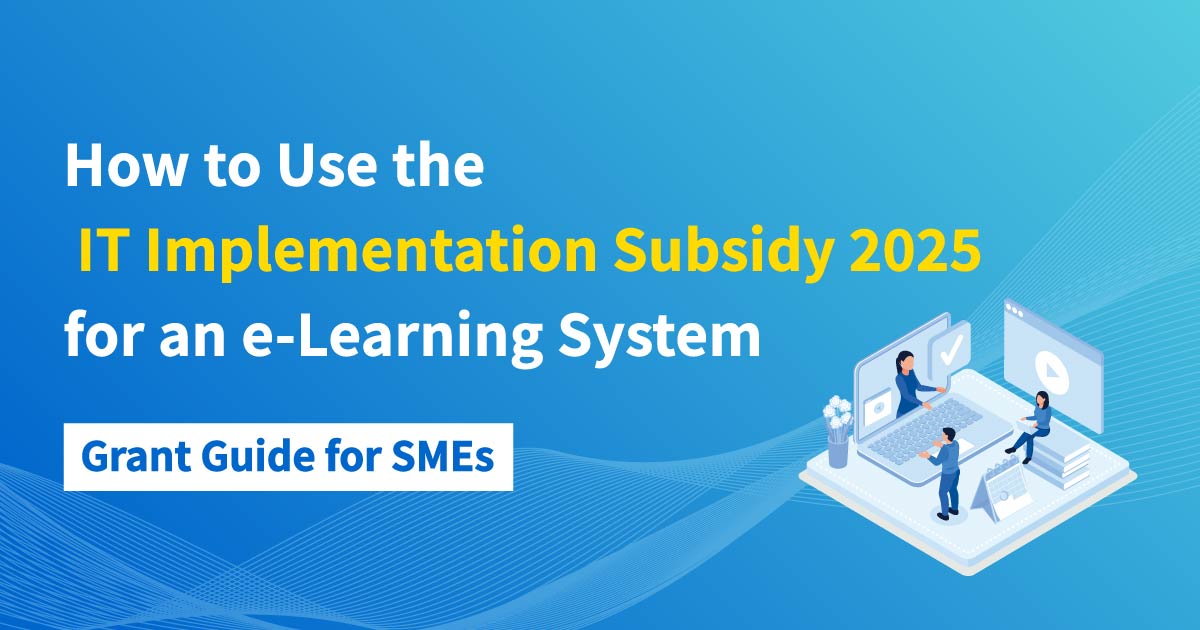
-
Discover rich featuresService Guide
-
Feel free to contact usGet in Touch
-
Try our Free PlanTry Free Plan



